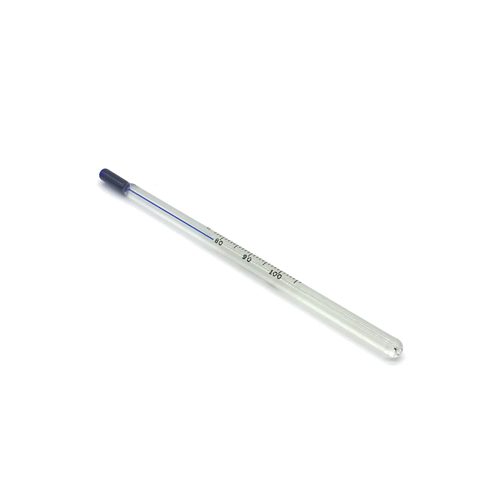One of the most critical tools for hatching quail eggs is the incubator thermometer. Ensuring the correct temperature within the incubator is vital for the successful development and hatching of quail eggs.
Ensuring Optimal Temperature with an Incubator Thermometer
- Critical Development Phase: The development of quail embryos is highly sensitive to temperature. Even slight deviations from the optimal range can hinder their growth or cause developmental abnormalities.
- Consistent Monitoring: An incubator thermometer allows breeders to continuously monitor the temperature, ensuring it remains within the ideal range for quail egg incubation, typically between 99.5°F to 100°F (37.5°C to 37.7°C).
Preventing Overheating and Chilling
- Risks of Overheating: Excessive heat can be detrimental to the developing embryos. Overheating can lead to faster development, which might result in premature hatching or deformities.
- Dangers of Chilling: On the other hand, temperatures that are too low can slow down the development or halt it altogether. Chilled eggs might not hatch, or if they do, the chicks could be weak or underdeveloped.
Adjusting for External Factors
- Room Temperature Fluctuations: The ambient temperature of the room where the incubator is placed can affect its internal temperature. An incubator thermometer helps in making necessary adjustments to account for these external fluctuations.
- Humidity Levels: While humidity is another crucial factor in egg incubation, it’s closely related to temperature. As water evaporates from the incubator, it can cool the environment. A reliable thermometer can help in balancing both temperature and humidity levels.
Calibration and Accuracy with an incubator thermometer
- Precision Matters: Given the sensitivity of quail embryos to temperature, having an accurate reading is paramount. High-quality incubator thermometers are calibrated for precision, ensuring that the readings are as accurate as possible.
- Multiple Readings: Some advanced incubators come with multiple thermometers or probes, allowing breeders to take readings from different parts of the incubator and ensuring uniform temperature distribution.
Data Logging and Analysis
- Tracking Temperature Trends: Some modern incubator thermometers come with data logging features. This allows breeders to track temperature trends over time, which can be invaluable for troubleshooting issues or optimizing the hatching process.
- Informed Decision Making: By analyzing temperature data, breeders can make informed decisions, such as adjusting the incubator’s settings or relocating it to a more stable environment.
Peace of Mind From an Incubator Thermometer
- Constant Reassurance: Regularly checking the incubator thermometer provides breeders with the reassurance that the eggs are developing in the right conditions.
- Prompt Interventions: If the temperature goes out of the desired range, immediate corrective actions can be taken, potentially saving the entire batch of eggs from adverse outcomes.
Conclusion
The journey from egg to chick is a delicate and awe-inspiring process. While nature has its way of ensuring the survival of species, in controlled environments like incubators, human intervention becomes crucial. An incubator thermometer is not just a tool but a guardian of life, ensuring that the tiny quail embryos get the best possible start. For anyone serious about hatching quail eggs, investing in a reliable incubator thermometer is not just recommended; it’s essential.
